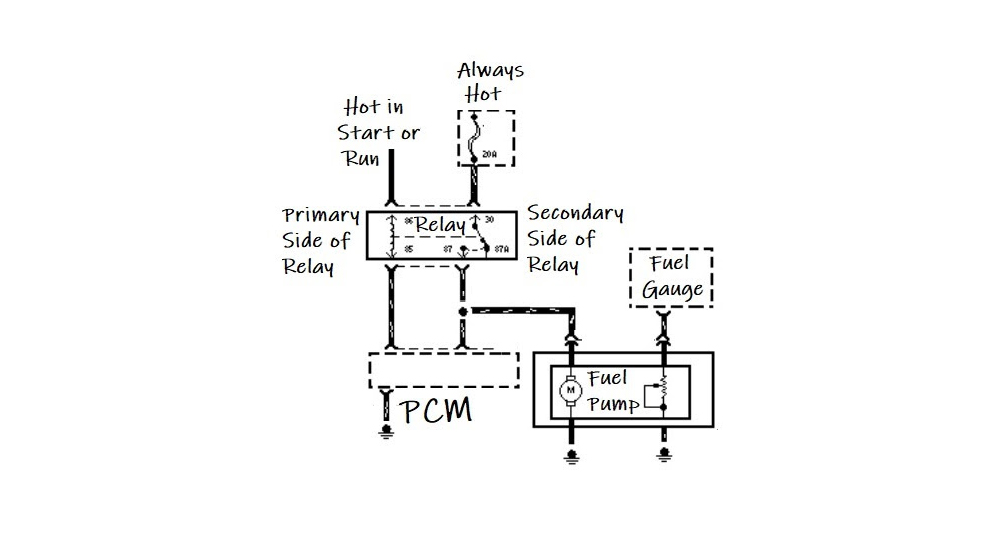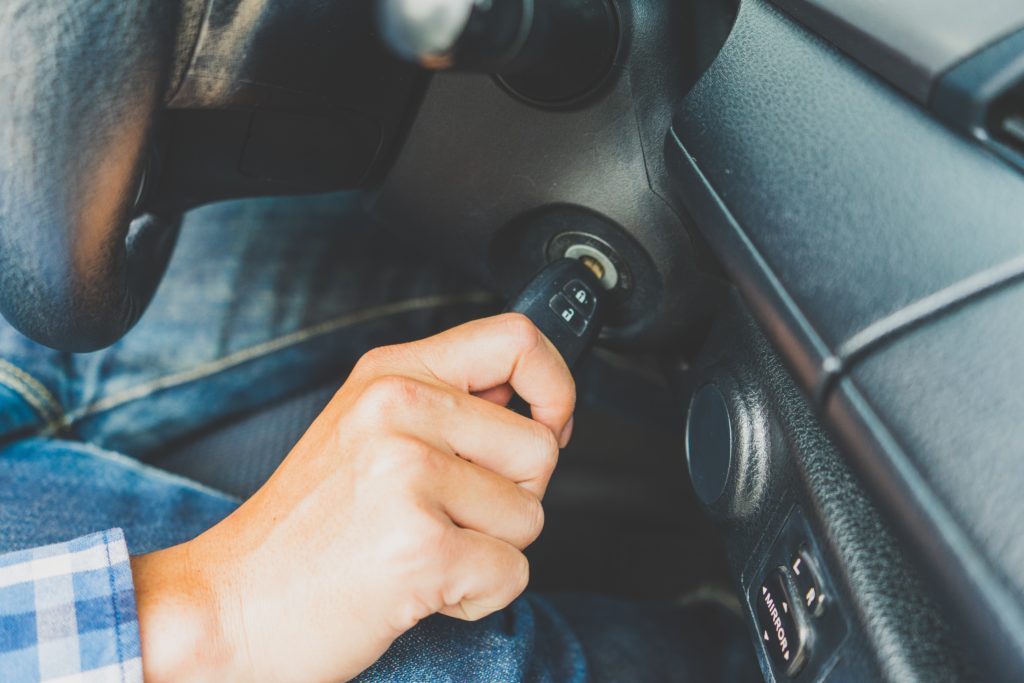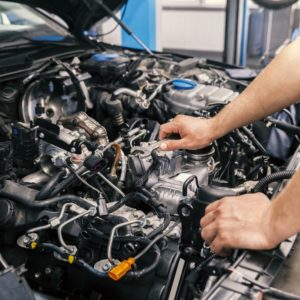Figuring out trouble codes sounds intimidating, especially if it’s your first time encountering a particular code. But researching trouble codes is the first step in fixing them. If you’re trying to know more about the P0230 code, this guide can help you understand its meaning, possible causes, and common symptoms.
What Does the P0230 Code Mean?
Diagnostic trouble code (DTC) P0230 stands for “Fuel Pump Primary Circuit.” This code sets when the powertrain control module (PCM) detects a signal to or from the fuel pump that does not match the expected values.
The fuel pump makes it possible for the fuel to travel from the fuel tank to the fuel injectors in the engine. It’s controlled by the engine computer or the PCM, but in newer vehicles, it’s often controlled by the fuel pump control module (FPCM).
When the ignition is turned on, the PCM or FPCM will activate the fuel pump. If the PCM or FPCM receives a voltage that does not match the expected values, it will set the P0230 code.

Fuel Pump Primary
Let’s talk about “Fuel Pump Primary” in this context and what that term actually means.
The fuel pump on most vehicles is driven by a relay, even if there is a fuel pump control module (FPCM) that controls current to the pump. Notice that the primary side of the relay is the coil that triggers the relay to close, and the secondary side of the relay is the part that carries the load of the fuel pump.
In other words, whether you’re talking about an ignition coil or a relay, the primary side is the low-current “trigger” that causes important things to happen on the “secondary” side of the component in question.
The PCM is the “smart” device that tells the relay when to close its secondary contacts to feed the pump with power (current/voltage). The PCM does this by grounding the relay coil on the primary side, which engages an electromagnet that closes the relay contacts, feeding the “Always Hot” power to the fuel pump.
When the primary side of the relay is not grounded at the PCM (the PCM expects to see the 12 volts from above the relay coil coming through the coil) the PCM has circuitry designed to measure and detect this. If the PCM hasn’t grounded the primary side and doesn’t see the expected 12 volts coming from above the relay, then code P0230 is set.

Relays come in various shapes, but they just about always work the same way. This YouTube video on relays is a good 11 minute tutorial:

Note: The definition of code P0230 may be different depending on the vehicle manufacturer. Consult the appropriate repair manual or repair database for the exact code definition.

What are the Common Causes of the P0230 Code?
Diagnostic trouble codes, such as the P0230 fault code, may have multiple possible causes. Below are some of the probable triggers of the P0230 code:
- Defective fuel pump
- Fuel pump relay failure
- Wiring issues, such as short to ground on control circuit, fuel pump control circuit open, short to battery voltage on control circuit, or damaged wiring harness
- PCM hardware failure or software in need of an update

What are the Common Symptoms of the P0230 Code?
In some cases, the only symptom you’ll notice when a trouble code is set is an illuminated malfunction indicator lamp (MIL). But in the case of the P0230 code, you may observe other symptoms such as:
- Illuminated check engine light
- Decreased engine performance
- No start condition
- Fuel pump doesn’t operate or runs all the time
How to Diagnose the P0230 Code
Before you can fix a trouble code like the P0230, you need to determine the root cause first. But as mentioned above, the P0230 fault code has a few possible causes, so you may need to consult a certified mechanic or technician to get to the bottom of things.
If you want to understand this issue more and do your own research about P0230, there are a few resources that can explain this trouble code and the diagnosis and repair procedures in more detail.
The following video contains information on what the diagnostic process might involve:
How to Fix the P0230 Code
Even if several trouble codes share the same affected areas, common symptoms, and possible causes, it doesn’t mean that there’s a single solution for all of them. You have to determine the root cause of the issue before you can fix the P0230 code or any trouble code for that matter. Plus, different makes have different diagnostic and repair procedures for their vehicles. That means you also have to find out the prescribed repair process for your specific vehicle.
Luckily, there are a few auto repair resources and guides that you can use to learn more about trouble codes and how to fix them. Vehicle-specific repair manuals are one of the most reliable resources out there because they contain detailed, step-by-step guides, illustrations, and diagrams.
If you’re not familiar with OBD-II code repairs, it’s best to leave the job to a professional mechanic or technician so you can avoid expensive mistakes.
Other Notes About P0230
Driving with the P0230 trouble code is not advised. If this code appears when you use your OBD-II scan tool, you should bring your vehicle to a repair shop for diagnosis and repair immediately.
Replacing the Fuel Pump to Fix DTC P0230
One of the ways to clear a P0230 code is to replace the faulty fuel pump. Good thing you can shop for an affordable yet high-quality replacement without leaving your home thanks to CarParts.com.
To get started, download our mobile app or visit our website. Select your vehicle’s year, make, model, and engine from our search tool. This way, you can easily find replacement parts compatible with your vehicle.
We source fuel pumps from some of the most trusted manufacturers in the industry. Each item in our catalog is vetted by our team of professionals to guarantee fit and performance. Place your order before noon ET today, and get your parts in as fast as two business days.
Don’t hold out on clearing code P0230. Order a replacement fuel pump now!
Any information provided on this Website is for informational purposes only and is not intended to replace consultation with a professional mechanic. The accuracy and timeliness of the information may change from the time of publication.















